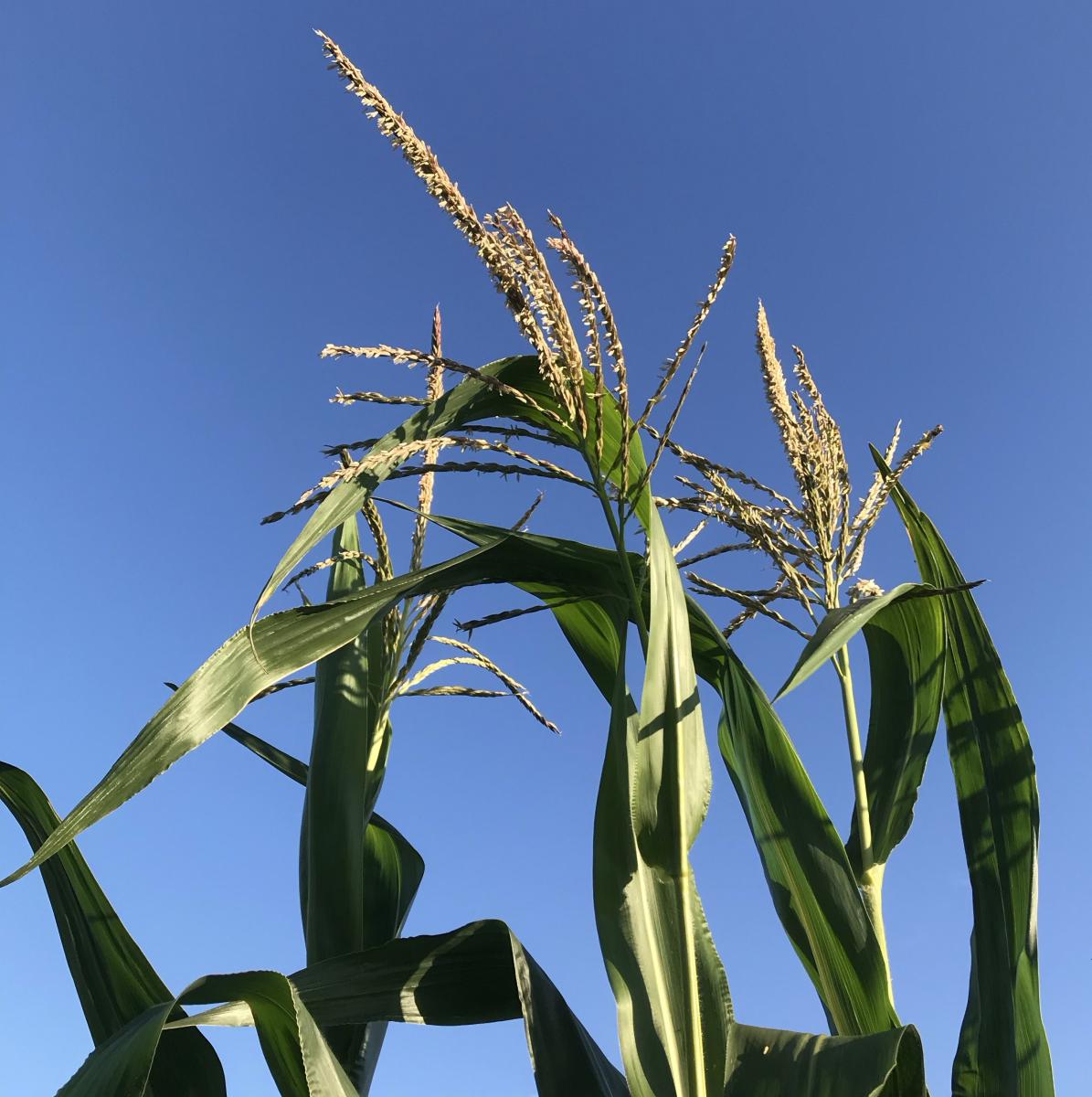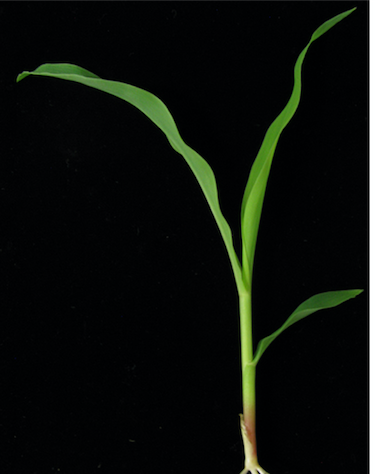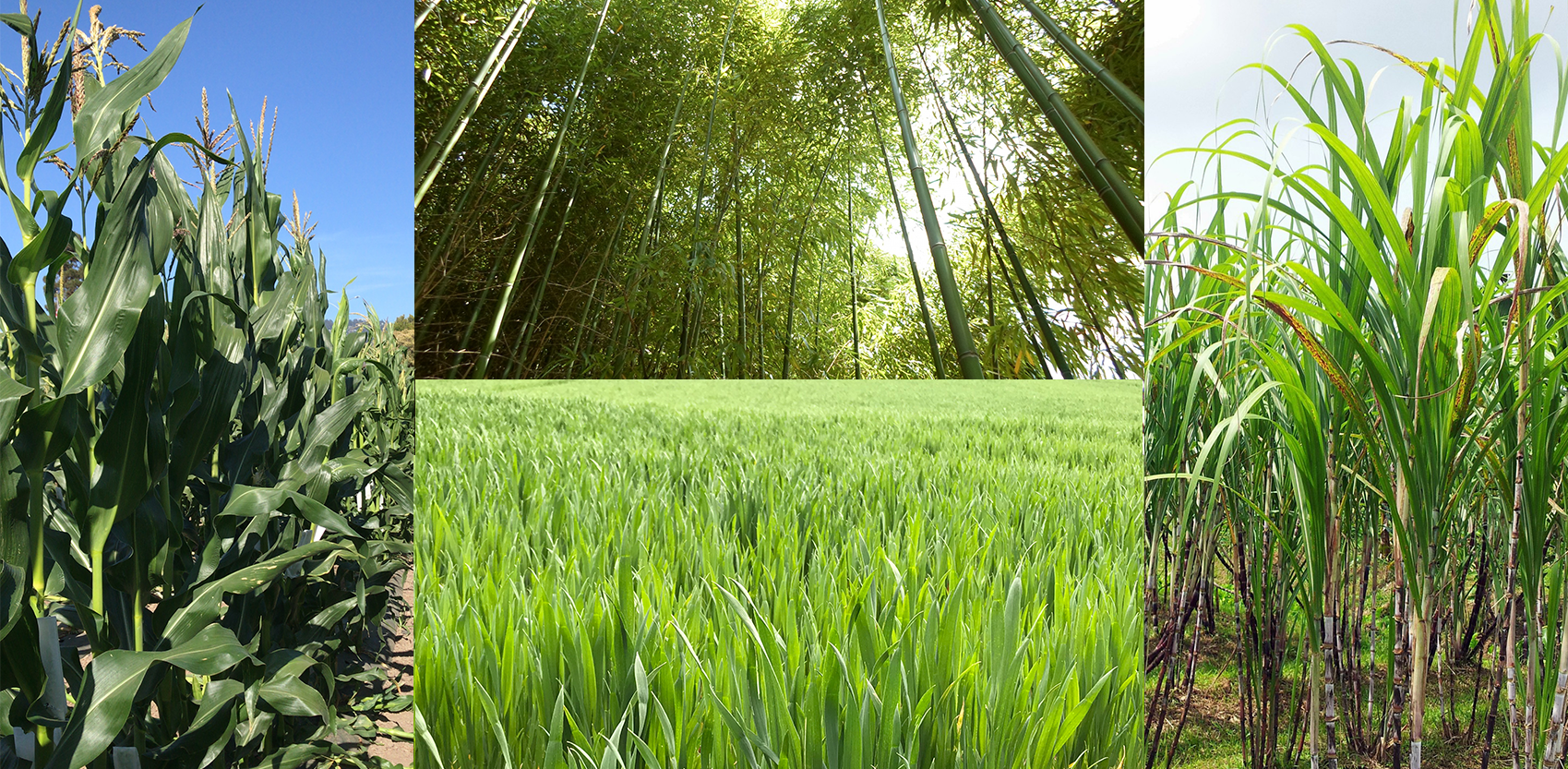Projects
Some of the ongoing projects include:
Gene regulatory networks and boundaries in maize

Collaborations with the Hake Lab, Eveland Lab and Leiboff Labs
A rich history of genetics in maize has identified many genes involved in boundary specification, defects in which impact on plant architecture and shape. The most well known include LIGULELESSI and LIGULELESS2 which fail form specilaised structures (ligule and auricle) at the boundary between the sheath (lower leaf region) and blade (upper leaf region), and have defects in male inflorescence (tassel) branching. These genes do not act in isolation, but in networks. We are working to identify genes involved in boundary specification and how they interact with each other. This work includes a collaboration led by the Eveland Lab (Donald Danforth Center, USA) and involves the Hake Lab (UC Berkeley, USDA PGEC, USA).
Characterising new leaf mutants in maize

Collaborations with the Hake Lab, Strader Lab and Estelle Labs
Gene function can be inferred through the analysis of what happens when the gene is defective. We are using reverse genetics in maize to identify genes that are involved in leaf development and patterning. This approach involves characterisation of mutant phenotypes and mapping of the causal mutations. Once we identify the gene that underlies the phenotype, we use a range of molecular biology techniques to tease apart the gene's function during leaf development.
Modelling the grass leaf

Computational modelling is a powerful tool for building and testing hypotheses. This collaborative project with the Coen (John Innes Centre), Hake (UC Berkeley) and Scanlon (Cornell University) Labs aimed to build a computational model of the earliest stages of grass leaf development when much of the patterning underlying shape is laid down. This original work has now been completed and was published in Science in 2021(see our publications tab for access to the paper). Going forward, in The Plant Shape Lab we are continuing to use computational modelling combined with molecular and genetic techniques to investigate grass leaf development and evolution.

